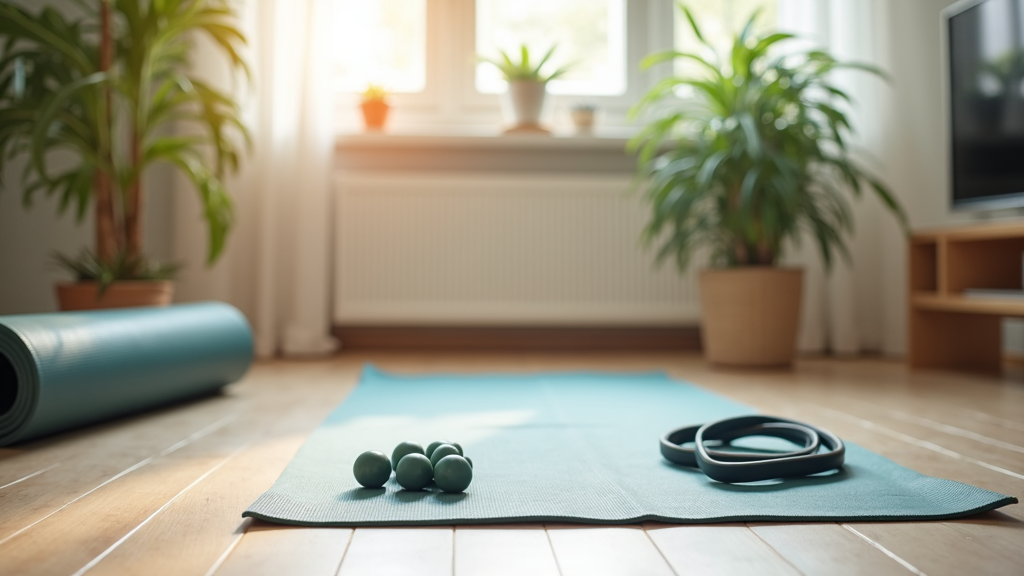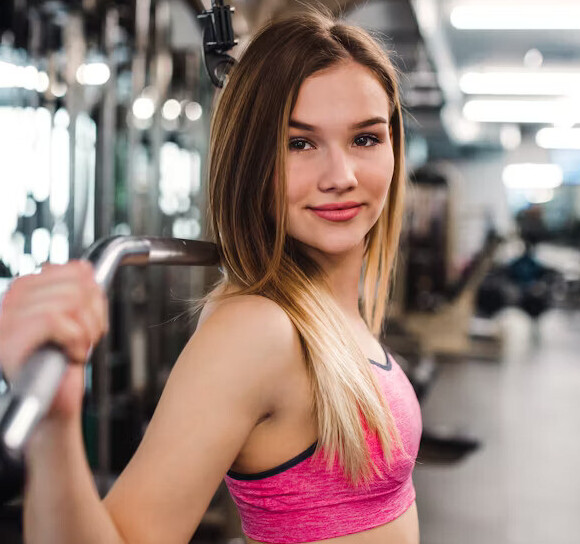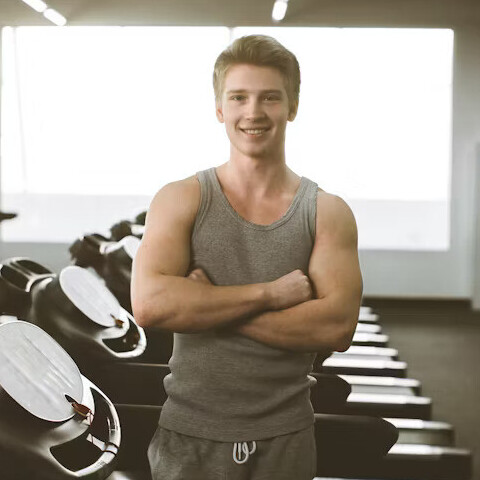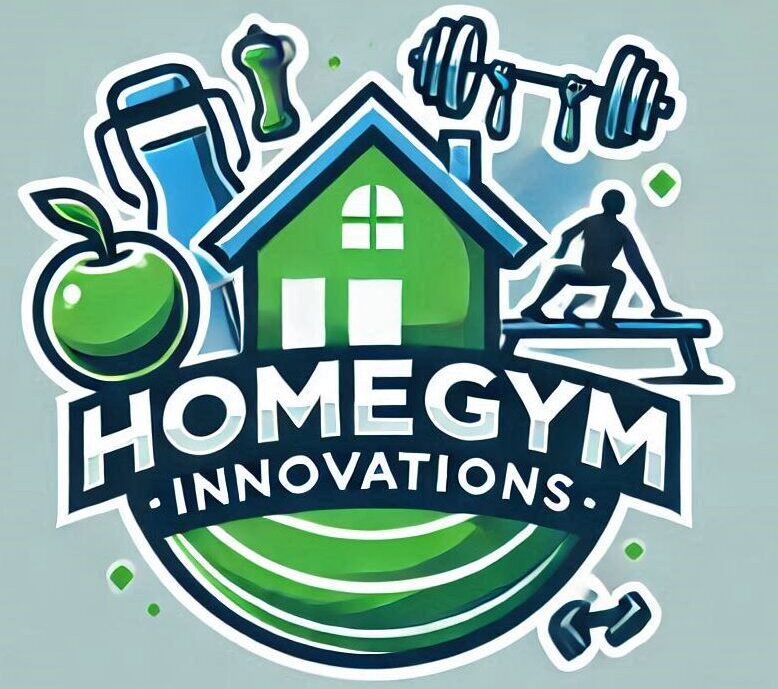If you wake up with stiff joints or feel tight after sitting at your desk all day, you’re definitely not alone. I’ve dealt with this kind of stiffness and nagging tension plenty of times, but I’ve found that some really practical mobility routines can make a world of difference. Mobility isn’t just for athletes; it’s a simple, approachable way to move better and feel more relaxed, in less time than you might think. Here’s how I approach mobility to loosen up and feel better fast, along with some smart tips anyone can use to keep joints and muscles happy day to day.

Why Mobility Matters for Everyday Life
Mobility is really about your ability to move your joints and muscles through their full range without pain or restriction. It’s the foundation for everything from reaching for a mug on the top shelf to playing with your dog in the backyard. Stiffness creeps in for all sorts of reasons: prolonged sitting, old injuries, or even just skipping out on regular stretching. Once I started focusing on mobility a bit each day, I noticed I had more energy, fewer headaches, and a smoother time transitioning from work to home activities.
Staying loose with a few minutes of mobility work can help reduce annoying aches, prevent injuries, and even improve circulation. The cool thing is you don’t need fancy equipment or much space. Whether you’re an office worker, student, or busy parent, it’s pretty easy to slip some mobility into your day. Adding these routines means more comfort and often a better mood, since physical tension is one major reason we feel mentally drained.
Starting Your Mobility Ride: The Basics
Getting into mobility routines doesn’t have to be complicated. I always tell friends and clients to keep things simple at first. Most routines take just 5 to 10 minutes and deliver quick results. Here’s what worked best when I got started:
- Foam Rolling: Rolling out your upper back, quads, or calves helps release muscle tightness and gets blood flowing. I like using a medium density foam roller and sticking to about 30 seconds for each sore spot. If you don’t have a foam roller, a rolled towel can also work in a pinch.
- Dynamic Stretching: Instead of holding static stretches, I focus on gentle movement based stretching, like leg swings, arm circles, or walking lunges. These boost flexibility without forcing anything.
- Joint Circles: Moving wrists, ankles, and shoulders in controlled circles improves joint fluidity. Checking out some quick online videos for guidance can be super useful too.
Most of us deal with similar trouble spots: tight hips from sitting, locked-up shoulders from typing, and a stiff neck from always checking our phones. Starting with common problem areas makes it easier to notice progress right away. And don’t forget, good mobility supports other forms of exercise and simply makes you feel more comfortable in your own skin.

Quick Guide: Loosen Up and Feel Better Quickly
- Pick Your Focus: Zero in on your tightest area, whether it’s shoulders, hips, lower back, or elsewhere.
- Set a Timer: It’s way easier to stick with a routine if you know it’s only going to take five minutes.
- Use Simple Tools: A towel, foam roller, resistance band, or even a tennis ball can turn your living room into a mobility oasis. If you have nothing, just your body weight works too.
- Follow Along: Try video routines from YouTube channels like The Natty Nation or Strength Side for easy to follow instruction. These resources help you see correct technique and stay motivated.
- Breathe Deeply: Deep, relaxed breathing tells your muscles to release tension. Take a few slow breaths during each movement, and pay attention to how your body feels afterwards.
Combining these steps gets my body moving, my mind feeling calmer, and helps me bounce back from those “I feel like a statue” moments after long work sessions. Remember that you can always adjust routines to your needs; consistency is more important than perfection.
Common Challenges and How to Deal With Them
Most people bump into a few roadblocks when starting new mobility habits. I definitely did. Here are some hurdles and practical fixes:
- Tight Hips: Prolonged sitting can make hip flexors super tight. Moves like “90/90 seated hip switches” or gentle hip openers work wonders. Doing these between meetings or classes helps a lot, and standing for a few minutes each hour also makes a difference.
- Sore Shoulders/Neck: If you work at a computer, odds are your shoulders and neck get stiff. I use simple arm circles and neck rolls a couple times a day. Swapping your chair for a standing setup now and then is also a smart move to mix things up and encourage better posture.
- Back Discomfort: Focusing only on stretching the back sometimes misses the root issue: core weak spots or hip tightness. Strengthening your core and stretching your hamstrings often brings fast relief, especially if you notice back twinges after sitting for hours.
- Time Crunch: Busy days are the norm, so picking just 2 or 3 key moves gives great results. Even something like standing up and running through ankle or wrist circles is better than nothing. If all you can do is a couple of minutes, that’s a win.
Working Through Plateaus
Everyone hits a plateau with mobility just like with strength or cardio. If you start to notice sluggish progress, switching up your routine or adding a new mobility drill usually helps. For example, I swapped out basic calf stretches for “downward dog” flows and saw improvements in both my ankles and my hamstrings. Exploring different movements can trigger new gains even if other progress has slowed down.

Staying Consistent
The biggest challenge is just remembering to do your routine. Setting reminders on your phone or tagging mobility time onto an existing habit, like brushing your teeth or making coffee, keeps things on track. I’ve taped a sticky note to my monitor with the word “MOVE!”; it really helps. You could also put your foam roller somewhere you’ll see it—out of sight means out of mind.
Taking It Further: Next Level Mobility Tips
Once daily mobility starts feeling easier, there are some ways to take up your progress a notch and keep things exciting. If you want more challenge or to speed up your results, here are a few extra ideas:
Try Active Recovery Days: On your rest days from the gym, do a gentle 10 minute flow. This keeps soreness at bay and helps muscles bounce back faster. Walking, easy yoga, or stretching with a friend or partner keeps you engaged without overdoing it.
Experiment With Tools: Resistance bands, lacrosse balls, or balance pads can target smaller muscles and stubborn knots. I love rolling my feet on a ball after a walk or run; it’s simple but feels incredible. If you have stairs or a sturdy step, try controlled step downs to build ankle and hip mobility.
Combine Mobility With Strength: Moves like yoga’s “warrior” poses or bodyweight squats build both strength and range of motion, giving you extra value from your efforts. I like learning from trainers with physical therapy backgrounds, since their routines blend both worlds perfectly. This way, I get more bang for my buck and less boredom.
Make It Social: Doing a quick mobility routine with a friend, roommate, or family member adds accountability. Swapping move ideas keeps things interesting and turns it into a fun little ritual, even over a quick video call. Friendly competition can even help everyone stick to the habit.
Simple Gear to Get Started
One thing I love about mobility routines is how little gear you actually need. Here’s the stuff I recommend most; these are the same things in my own living room:
- Foam Roller: Good for large muscles and super affordable. Pick one with medium firmness if you’re new to rolling. There are textured and smooth options—try both to find your preference.
- Resistance Bands: Great for stretching shoulders or warming up leg muscles. These take up almost no space and travel well. You can slip one in a backpack or work bag for on the go sessions.
- Tennis or Lacrosse Ball: Perfect for foot, shoulder, or lower back tension. I throw one in my work bag for quick rolling breaks. These balls are easy to clean and last a long time.
- Yoga Mat: Keeps things comfy if you’re working on hardwood or tile. Not just for yoga; having a mat always handy reminds me to do a quick routine. It also protects your joints if you do kneeling or prone moves.
If you’re curious about what’s out there, Healthline’s foam roller buying guide and SELF Magazine’s best resistance bands roundup are both really helpful for picking userfriendly options that won’t break the bank. You might stumble upon other great accessories as you get further into your mobility adventure.
Frequently Asked Questions
Here are answers to questions I’ve been asked a lot about mobility and quick pain relief:
Question: Does mobility work really make a difference if I’m not athletic?
Answer: Absolutely! Mobility helps with daily stuff like tying your shoes, carrying groceries, or lifting your kids or pets. I’ve seen people of all ages move better and feel less pain after just a few weeks of adding mobility work to their routine.
Question: How often should I do mobility routines?
Answer: A little every day is ideal, even if it’s just five minutes. I notice the biggest improvements when I sneak in mobility routines a few times throughout the day, especially after sitting a lot. Consistency is key, not perfection, so don’t be discouraged if you miss a day here or there.
Question: Can mobility help with stress or anxiety?
Answer: For sure—mobility routines encourage deep breathing and mindfulness. Even a short session can shake off a bad mood and distract from physical tension caused by stress. Some people pair mobility with light meditation or calming music for even more chill vibes.
Move Better, Feel Better: Long Term Benefits
Making mobility a regular part of your day doesn’t just help you loosen up for now. Long term, it supports stronger posture, lowers your risk for injury, and means you’re ready for anything, whether it’s an impromptu hike or a game of catch with your kids. The more attention you give to moving with ease, the easier it gets to feel your best, fast. Over time, you might find you move through daily chores and activities with less effort and fewer aches.
Finding what works for your schedule and your body can take some experimenting, but it really pays off. Even on my busiest weeks, if I take a little time for mobility, I’m way less sore or cranky at the end of the day. Your body will thank you, and you might even start to look forward to moving a little bit every day. Keep checking in with how you feel and adjust your routines; it’s all about making movement work for your life while keeping things fun and sustainable.
Thanks for checking this post out feel free to to leave a comment, ask questions and be sure to look on the other posts for everything fitness.
